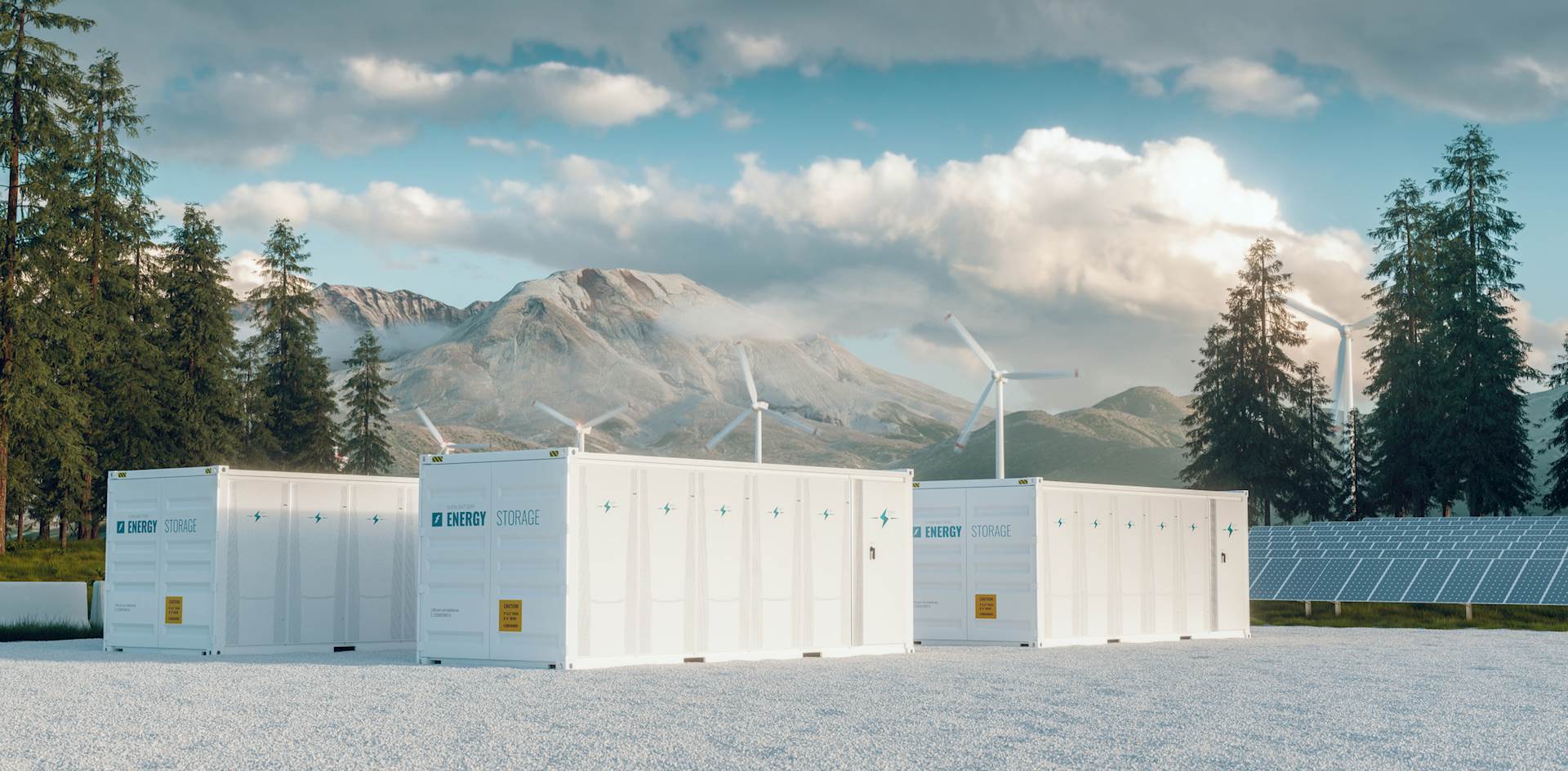 In September on this blog, we discussed the increased interest and research in battery energy storage systems (BESS) as well as some of the benefits, price decreases over the past decade and anticipated outlook for BESS. With the expanding use of renewable energy and the increasing interest in microgrids and “islanding” by individual buildings and campuses, we anticipate the growth of energy storage and BESS will continue for the foreseeable future. There are multiple benefits that can be realized from implementing BESS, including potentially being able to generate additional revenue by participating in energy trading or arbitrage, using the BESS to increase grid capacity and efficiency by optimizing network equipment use and deferring transmission and distribution upgrades, supporting the charging of electric vehicles and providing power reserves.
In September on this blog, we discussed the increased interest and research in battery energy storage systems (BESS) as well as some of the benefits, price decreases over the past decade and anticipated outlook for BESS. With the expanding use of renewable energy and the increasing interest in microgrids and “islanding” by individual buildings and campuses, we anticipate the growth of energy storage and BESS will continue for the foreseeable future. There are multiple benefits that can be realized from implementing BESS, including potentially being able to generate additional revenue by participating in energy trading or arbitrage, using the BESS to increase grid capacity and efficiency by optimizing network equipment use and deferring transmission and distribution upgrades, supporting the charging of electric vehicles and providing power reserves.
There are a variety of batteries typically used for grid-scale storage. Some of the most prevalent are identified in Asian Development Bank’s “Handbook on Battery Energy Storage System” and include:
- Lithium-ion batteries, which have the highest energy density and are considered safe, have a long cycle and extended shelf life, are maintenance free and have reasonably short charge time. They also have a very developed supply chain and manufacturing base.
- Lead-acid batteries, which are inexpensive and simple to manufacture, are capable of high discharge currents and are good performers at low and high temperatures. They too have a very developed supply chain and manufacturing base.
- Nickel-based batteries, which perform well in all temperatures and have been used in large-scale energy projects.
- Redox-flow batteries, which are charged and discharged by the oxidation-reduction reaction of ions and contain a water-based solution, theoretically offer an unlimited number of cycles with high efficiency and a great depth of discharge.
These technologies also have downsides, including the potential lack of materials, available materials in inaccessible locations, the high cost of materials and battery size. However, technology continues to improve and, in the past two weeks, multiple articles have been published about SB Energy Corp., a U.S. renewable-energy firm that is an arm of Japan’s Softbank Group Corp., purchasing “iron-flow” batteries manufactured by ESS Inc., which will be used in utility-scale solar projects. In a Bloomberg article, Venkat Viswanathan, an associate professor in Carnegie Mellon University’s Department of Mechanical Engineering, said, “Long-duration energy storage, like this iron-flow battery, are key to adding more renewables to the grid.”
Hanson continues to explore and monitor the use of BESS, renewable energy and microgrids for our customers. We expect BESS technology will continue to improve, costs will continue to decline and the need for BESS to increase. As these things occur, we will keep our customers updated on how they can use these technologies to enhance and improve their projects.
Talk to Bill Bradford about which battery would work for your energy storage needs. Email him at bbradford@hanson-inc.com.